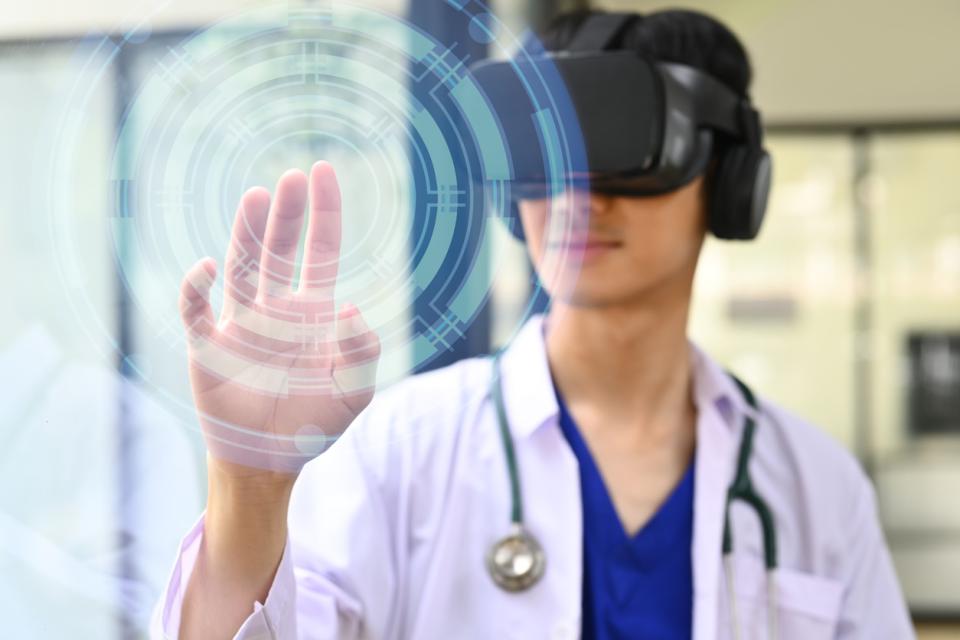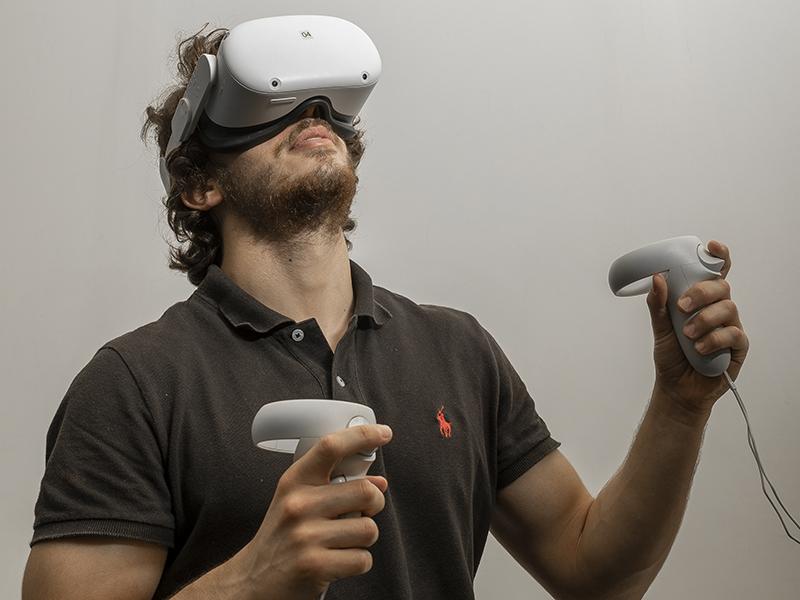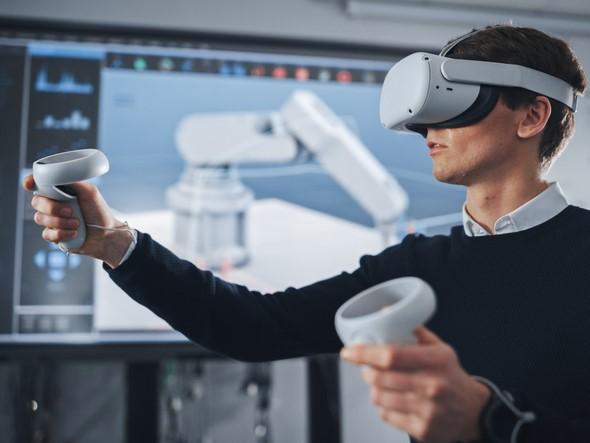VR and AR break traditional boundaries of time, geography and physical space. In the virtual realm, students can step back in history, explore distant countries or navigate the microscopic world of cells. AR overlays digital information on to the physical world, providing real-time context and helping to deepen understanding. These immersive approaches redefine how students engage with knowledge, making the learning experience both exciting and memorable. In a medical setting, students can navigate hospital administration complexities and patient care.
Ethical considerations
Data collection is a necessary means of assessing student performance, understanding learning trends and adapting educational strategies to suit individual needs. Since medical VR scenarios can involve non-student volunteers, data privacy is of utmost importance. It is vital to prioritise the ethical handling of this information to protect the privacy of the students and volunteers involved.
To collect this data, you must obtain informed consent and clearly communicate the purpose, scope and potential risks associated with data collection to both students and non-student volunteers. By obtaining informed consent, we respect the autonomy of each individual involved and empower them to decide how we can use their data.
Digital accessiblity
The technology behind VR and AR remains inaccessible to many students and institutions in countries such as Indonesia, where I am based. If this is the case, explore grant options, seek partnerships with tech companies and advocate for institutional investments into accessible VR and AR solutions. The SADEWA VR Lab at the University of Indonesia can also assist those interested in exploring this technology, and we invite educators and students from come and see first-hand how we integrate immersive technologies into the curriculum. The SADEWA VR Lab also allows us to collaborate on knowledge-sharing initiatives to overcome geographical limitations.
Here are some tips on using this technology in a medical context based on what we’ve learned:
Interdisciplinary collaboration: design VR simulations that encourage students to practise collaborating between fields and departments. For example, a VR mobility simulation would require collaboration between occupational therapy, physiotherapy and hospital administration staff. It would take place in the virtual home environment of a patient with mobility challenges and require students to work together to adapt the living space to improve accessibility. Collaboration between occupational therapy and physiotherapy ensures that the suggested modifications complement the patient’s rehabilitation plan and aid their daily routine. Hospital administration management students can then assess the cost-effectiveness of the interventions.
- A beginner’s guide to implementing new technologies in your classes
- Using gamification as an incentive for revision
- Should we be worried? An educators’ introduction to the metaverse
Realistic scenario design: create scenarios that reflect actual healthcare situations, integrating nuances that students may encounter in their professional careers. This way, they can apply therapeutic interventions virtually and hone their skills in a risk-free yet authentic setting. Students can refine physiotherapeutic interventions within a virtual space using VR tools to assess patients’ range of motion, gait abnormalities and muscle strength. In another VR scenario, students can step into the shoes of an occupational therapist tasked with helping a patient manage chronic pain. The patient could be a middle-aged individual with a history of lower back pain, for example, which would present a complex case involving physical and psychosocial factors. Another example could include implementing virtual rehabilitation for stroke patients.
Create tailored learning experiences: customising scenarios to align with specific learning objectives ensures that students progress at their own pace. Educators can personalise the educational journey, accommodating diverse learning styles and preferences.
Students at different stages can engage in different levels of complexity within VR simulations. For example, first-year students can practise how to do assessments, and second-year students can learn how to treat patients.
Knowledge exchange using VR: sharing educational VR resources and experiences on platforms such as X and LinkedIn can help to develop a global community focused on advancing medical education. Virtual collaborations between institutions across borders can further enrich the learning experience, exposing students to diverse perspectives and approaches in occupational therapy and physiotherapy.
Feedback mechanisms: build feedback mechanisms into VR simulations, such as interactive assessments and virtual mentors offering real-time guidance on decision-making and intervention techniques. Additionally, record all sessions and provide detailed feedback to students. This creates a comprehensive feedback loop that enhances the learning process.
AR and VR interventions such as those we practise at the SADEWA VR Lab demonstrate the immense potential of VR in healthcare education. This pioneering approach not only enriches students’ theoretical knowledge but also cultivates essential practical skills, ultimately preparing them for the complexities of their future roles in healthcare.
Muhammad Hidayat Sahid is a lecturer in occupational therapy at the University of Indonesia.
If you would like advice and insight from academics and university staff delivered directly to your inbox each week, sign up for the Campus newsletter.




comment